Mary Berry's best cooking tips
Berry good advice
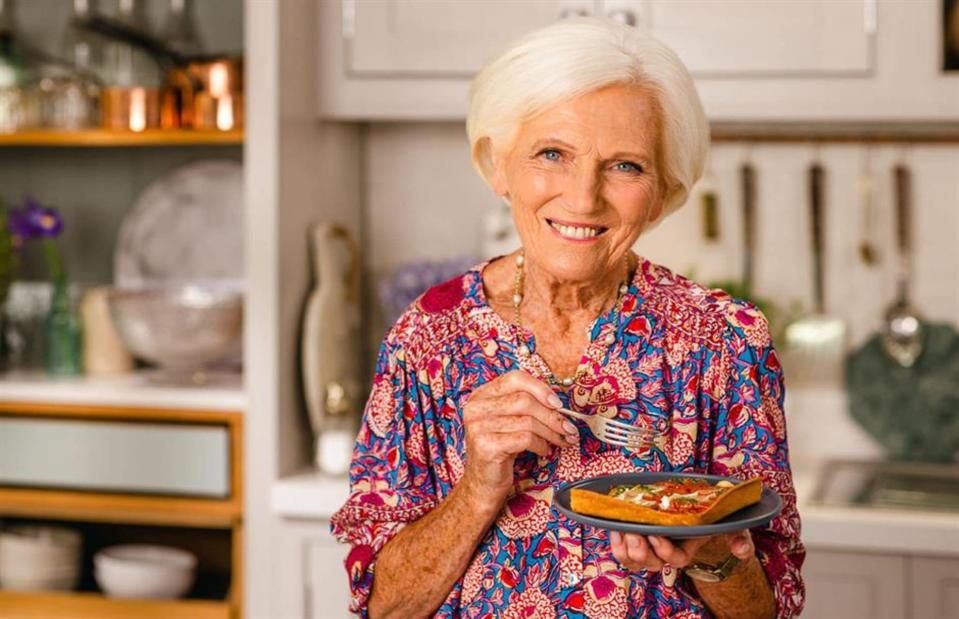
maryberrythecook/Facebook
Now a Dame Commander for services to cooking, writing and baking, Mary Berry knows a thing or two about perfect cakes and dishes. We've rounded up some of her top cooking tips as well as some of her best recipes, from savoury family favourites to ultimate sweet treats.
Adjust recipes to the season
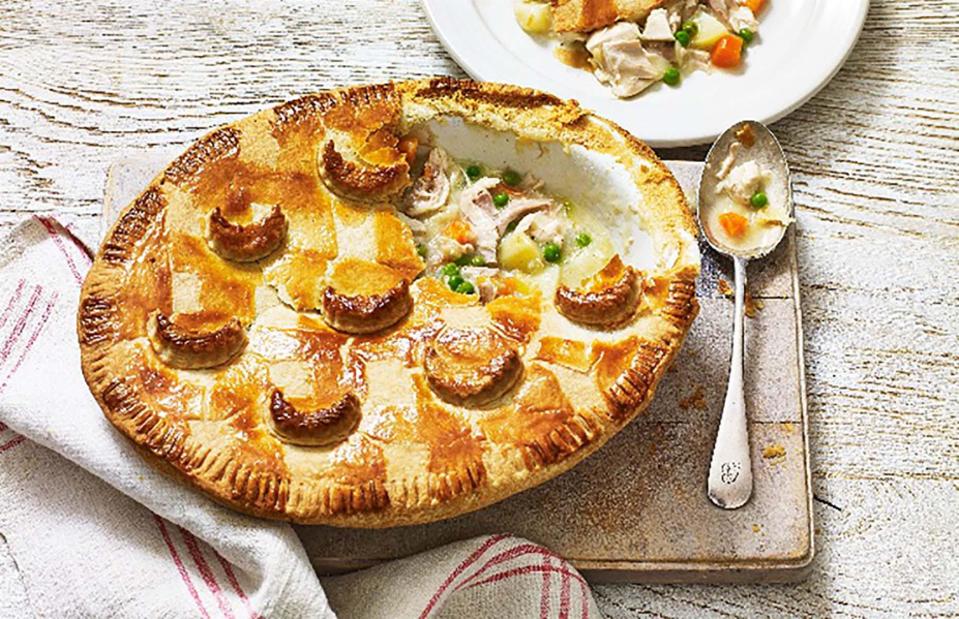
Mary Berry's Complete Cookbook/DK
If a recipe says you can adapt it, then do so. The vegetables in Mary’s chicken pot pie can be varied according to the season and availability so don’t think you’re restricted if you don’t have the right veg on hand. If unsure what's a suitable substitution, think of other vegetables of a similar texture and cooking time.
Get the recipe for chicken pot pie here
Turn tarts around while baking
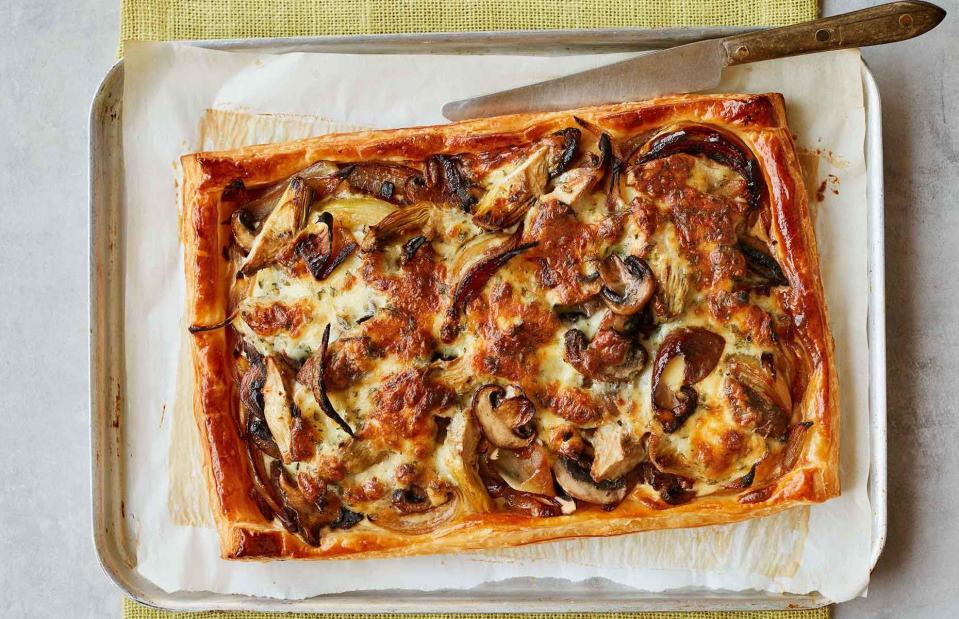
Simple Comforts/BBC Books
Tarts can have a tendency to brown only on one side during cooking. Thankfully Marry offers a solution to this problem – check on your tart halfway through cooking and if the bake is looking uneven, turn it around.
Blanch tomatoes to peel
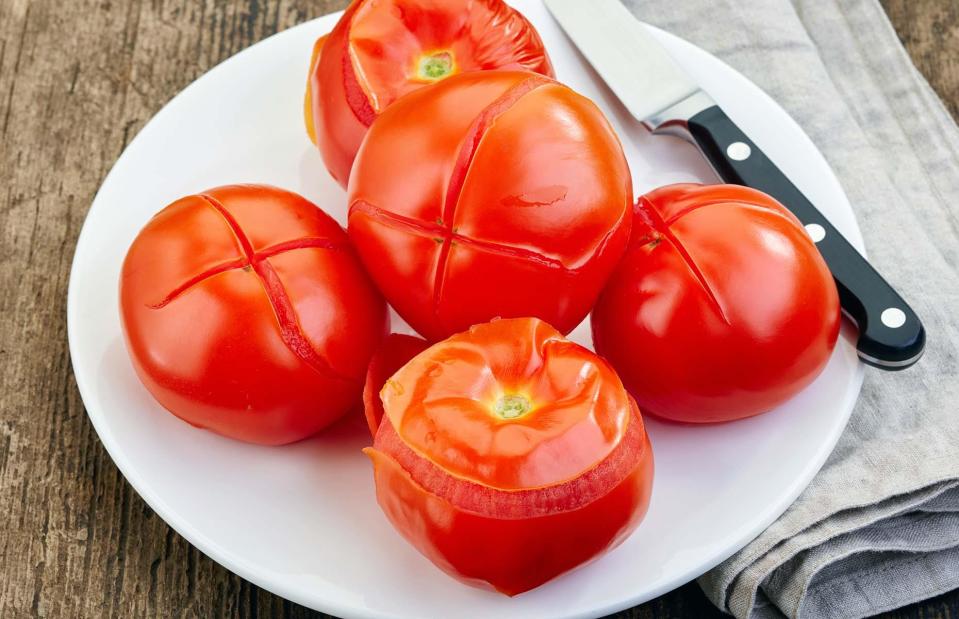
MaraZe/Shutterstock
Tomato skins can be tough, chewy and even bitter, but getting rid of them is easier than you might think. Cut a large X in the skin at the top or bottom of each tomato, place in a bowl and cover with boiling water. Leave for a couple of minutes, drain, then rinse in cold water. You should be able to just peel the skin off.
Roll lemons before juicing
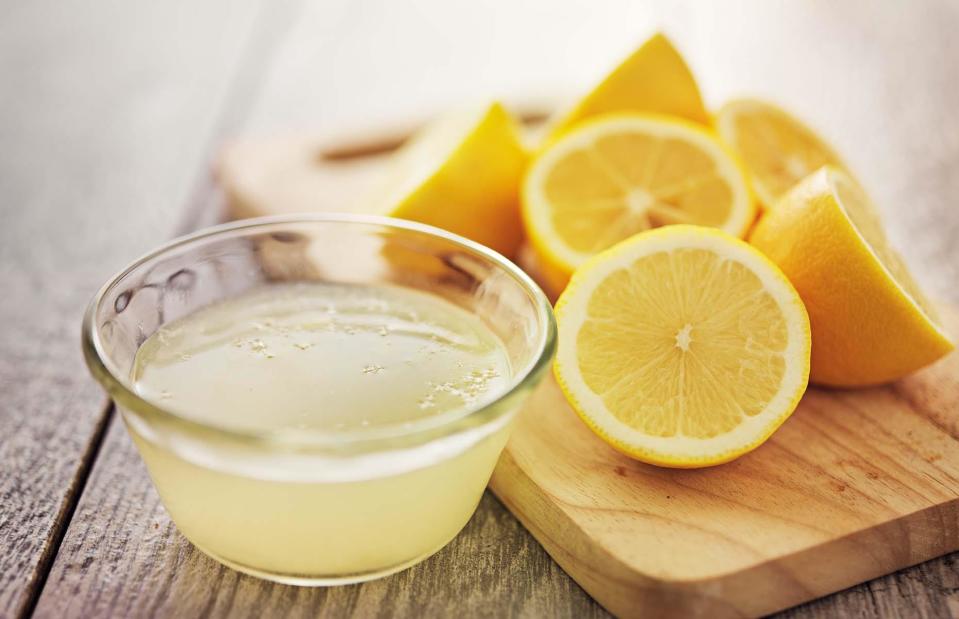
Joshua Resnick/Shutterstock
To get the most juice from a lemon and other citrus fruit, roll them a few times on a chopping board before squeezing. This will loosen the fibres inside and make sure you get as much juice as possible out of your citrus.
Always choose all-butter puff pastry
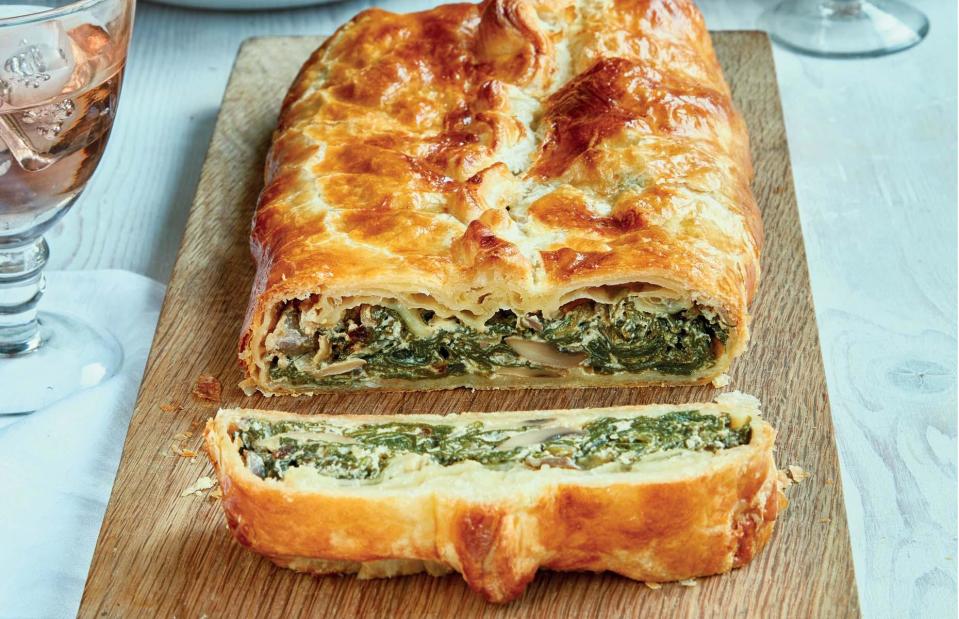
Mary Berry Cooks Up a Feast/DK
While there's no need to make your own puff pastry as the ready-made alternatives are perfectly fine, be sure to choose all-butter puff pastry. It'll have a much better flavour than other kinds and is also a little softer to handle, meaning it won't tear as easy.
Make mini beef Wellingtons
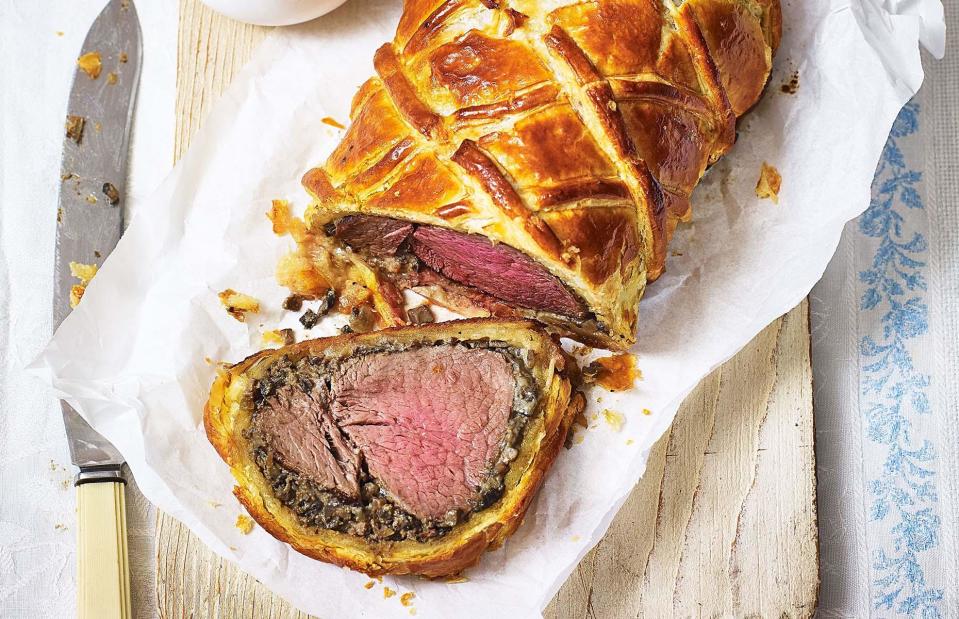
Mary Berry's Complete Cookbook/DK
Mary’s famous beef Wellington recipe is relatively easy, but for a twist on the classic you can also make eight individual Wellingtons, using the same recipe. Cut the raw beef into eight slices, brown in a frying pan, cool, then wrap each one in pastry with a little of the pâté mixture. Bake for 25–30 minutes.
Get the recipe for beef Wellington here
Keep a well-stocked store cupboard
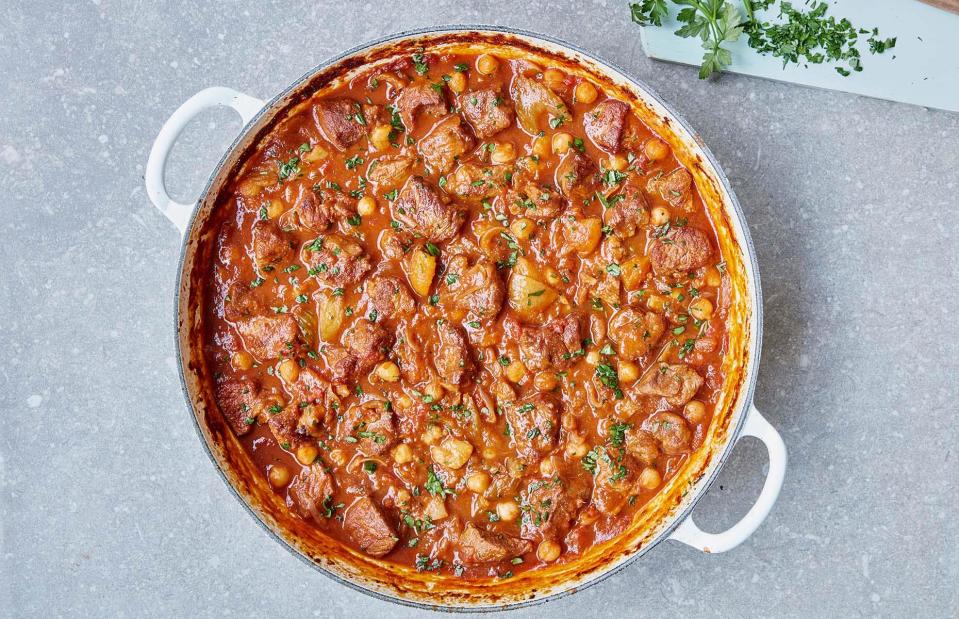
Mary Berry's Quick Cooking/BBC Books
There is wonderful depth of flavour you can achieve from using staples found in your store cupboard. Make sure you always have a tin of chopped tomatoes, beans and pulses to hand. Similarly, a good selection of spices, pastes and good-quality stock cubes won't go amiss. Finally, if you're a more experienced or adventurous home cook, ingredients like preserved lemons and harissa can bring new levels of flavour to familiar dishes.
Try something new
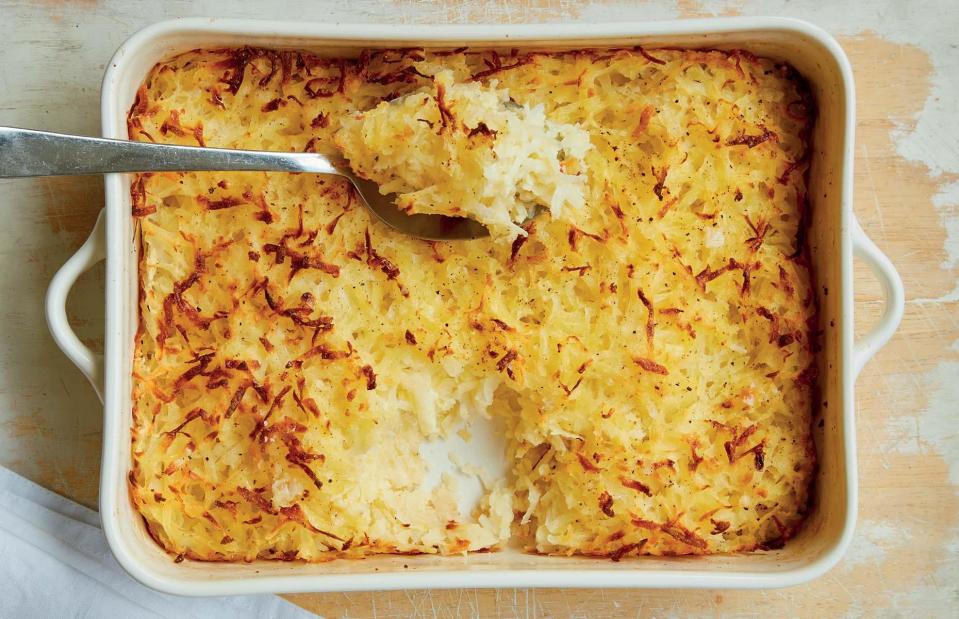
Mary Berry Cooks Up a Feast/DK
The humble potato is one of the most basic ingredients you could think of and thankfully there are myriad ways how to cook it too. If you're tired of roasted or mashed, try something entirely different for a special occasion. This potato gratin, made with butter and cream, is truly indulgent and turns a simple ingredient into something special.
Get the recipe for potato gratin here
Bulk up dishes with simple ingredients
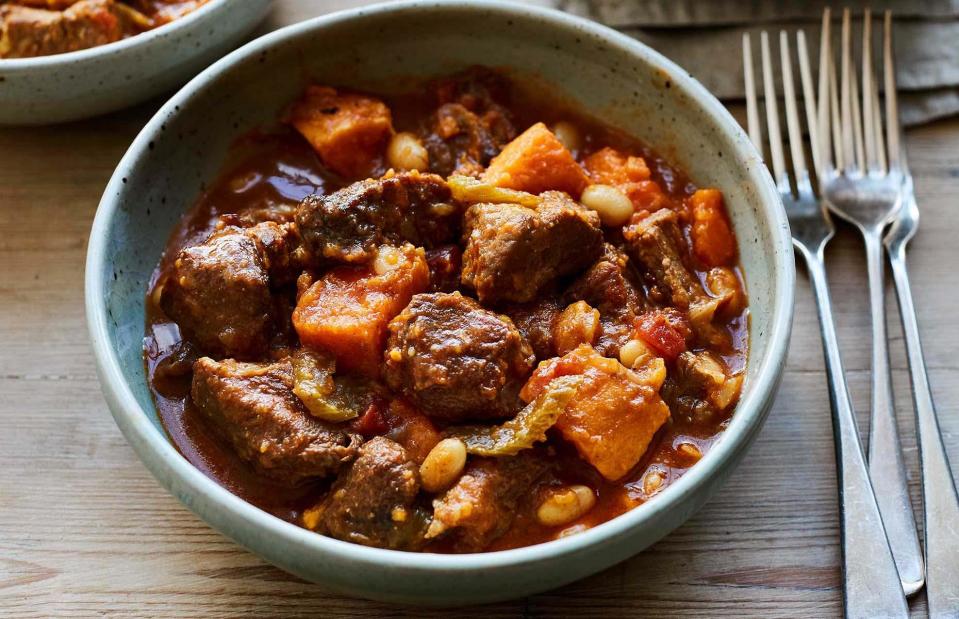
Simple Comforts/BBC Books
If you're cooking on a budget, there's no need to splash out on meat and other more expensive ingredients to bulk up your dishes. As this recipe by Mary Berry perfectly illustrates, you can just add an extra can of beans or pulses to stretch a couple more portions out of a stew or a soup.
Get the recipe for braised lamb with sweet potato here
Wear rubber gloves when handling beetroot
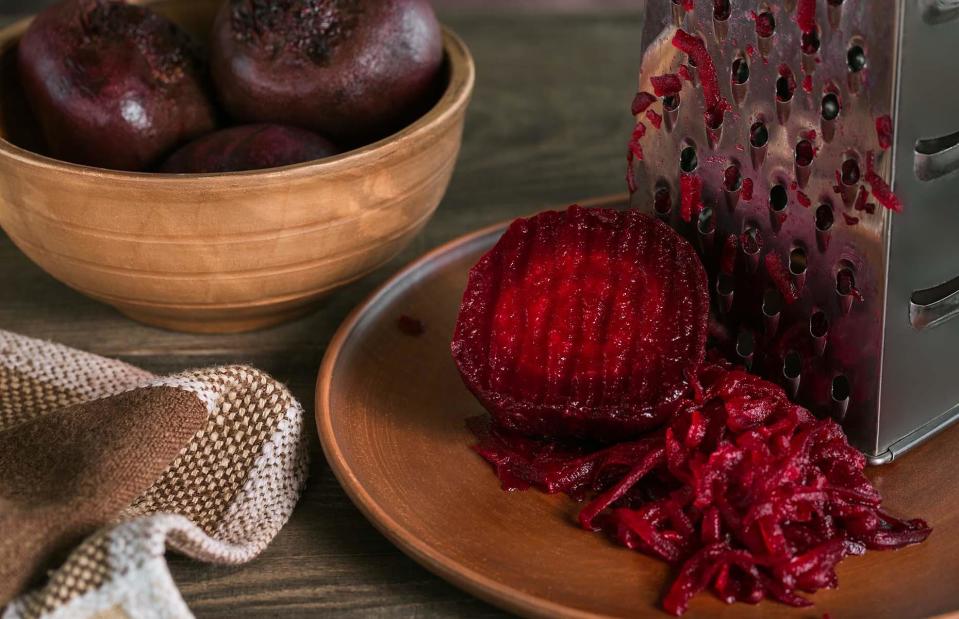
Svittlana/Shutterstock
Beetroot is notorious for staining so do as Mary does and wear rubber or latex gloves to prevent your hands turning pink. Whether it's chopping or grating, Mary also suggests preparing beetroot on a plate rather than a chopping board as boards tend to be porous and will absorb the colour.
Brown meat in advance
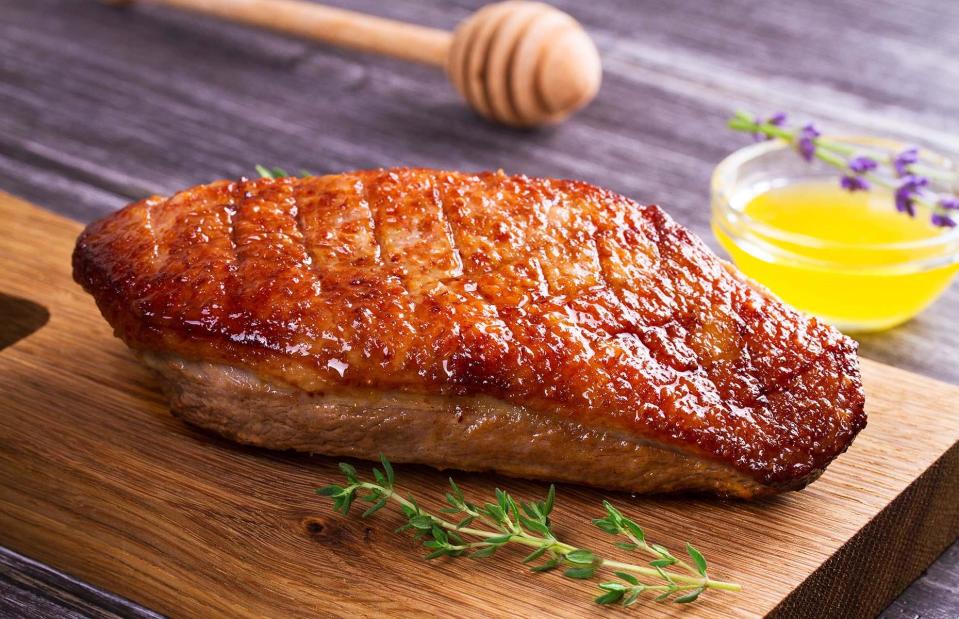
freeskyline/Shutterstock
In her recipe for duck breasts with a piquant lime and ginger sauce, Mary recommends browning the meat ahead of time. This way you'll already have perfectly crispy skin and won't have to worry about overcooking the meat itself.
Turn a classic on its head
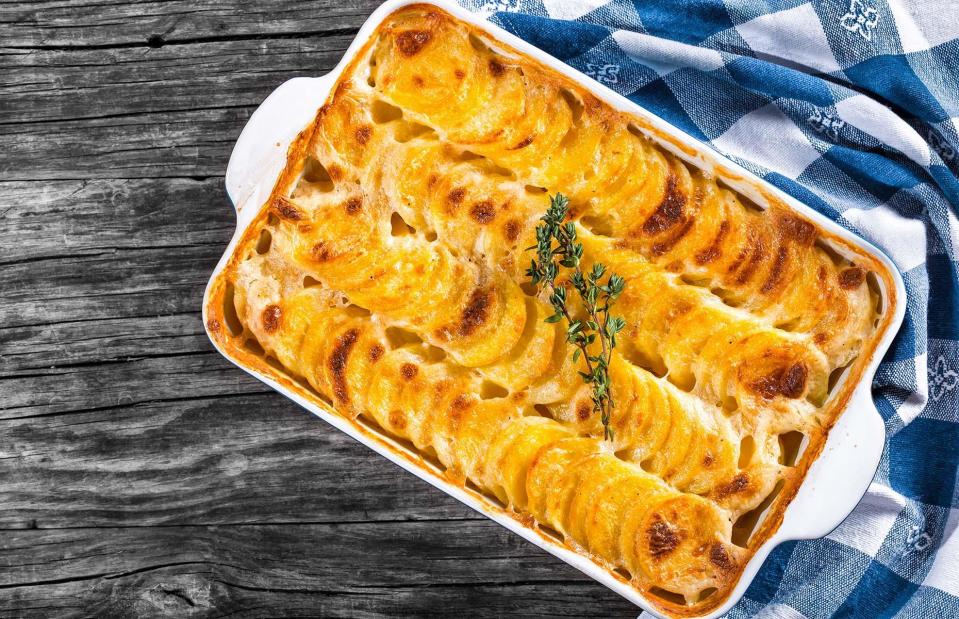
from my point of view/Shutterstock
Mary is known for her classic recipes but she’s also not afraid to mix it up. Shepherd’s pie is a traditional British dish that’s always made with a mashed potato topping but in Mary’s recipe, she uses a dauphinois (layers of sliced potato and cream) topping. Don't be afraid to try new things and match recipes to your tastes.
Get the recipe for shepherd's pie dauphinoise here
Keep fish moist
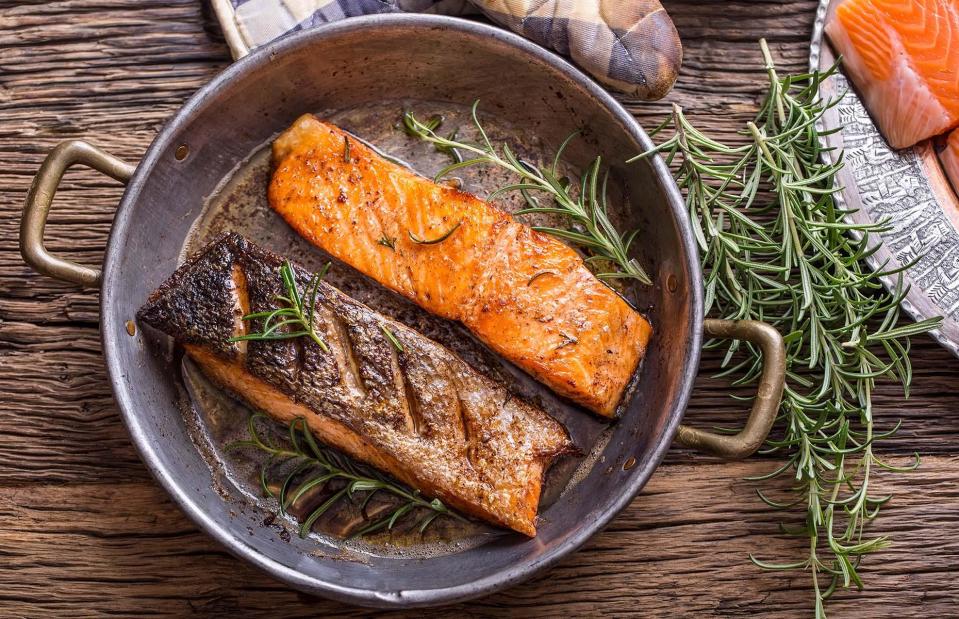
Marian Weyo/Shutterstock
Fish is at risk from drying out if over-cooked, but Mary has a great hack up her sleeve – she recommends putting salmon fillets close together during cooking so that they keep each other moist. Want to know when salmon is cooked? The flesh will be a matte pink colour.
Use a fork to make patterns
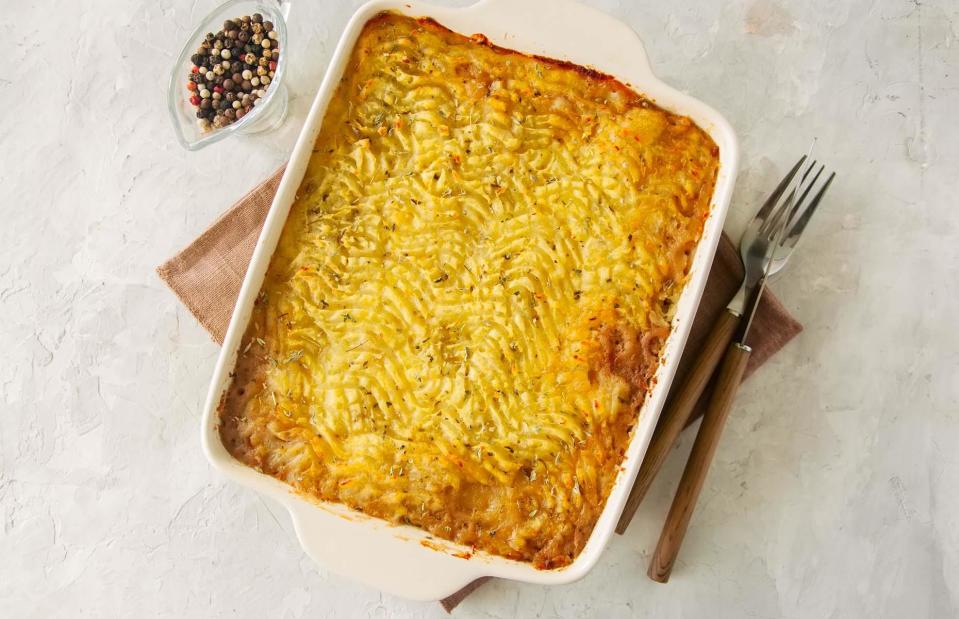
Galiyah Assan/Shutterstock
You don't need fancy piping skills or extra equipment to make lovely patterns in your mash. Simply use the back of a fork to create waves, straight lines or a criss-cross pattern.
It’s fine to cheat
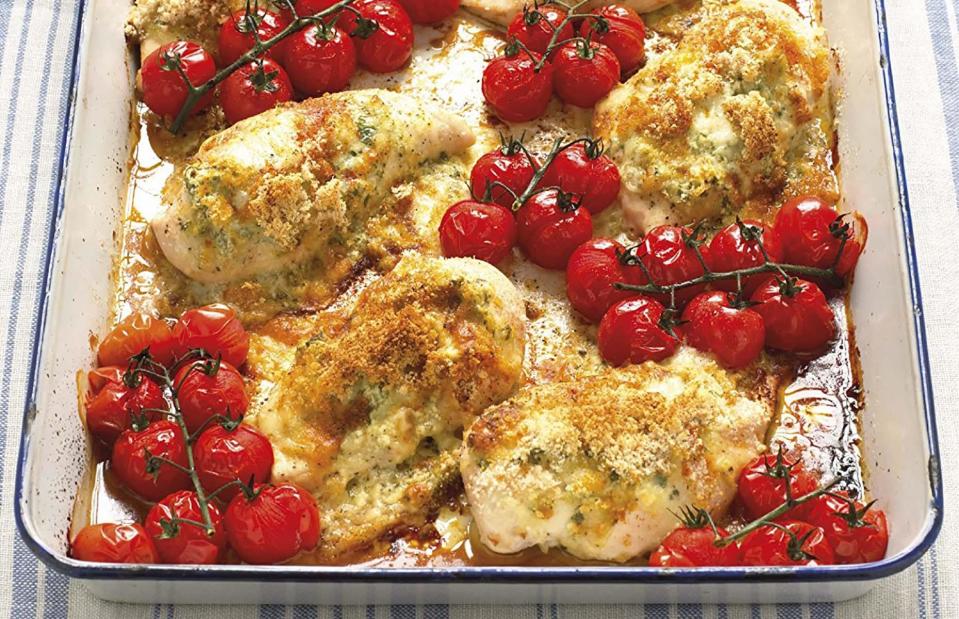
Mary Berry & Lucy Young Cook Up a Feast/DK
Mary understands that there are times when we need to cut corners. So in her midweek recipe for chicken with pesto and roasted tomatoes, she gives the green light to use good-quality pesto from a jar if you’re short of time instead of the homemade pesto the recipe suggests. Similarly, it's no crime to make use of your store cupboard to create quick midweek meals.
Get the recipe for chicken with pesto and roasted tomatoes here
Blind bake to avoid a soggy bottom
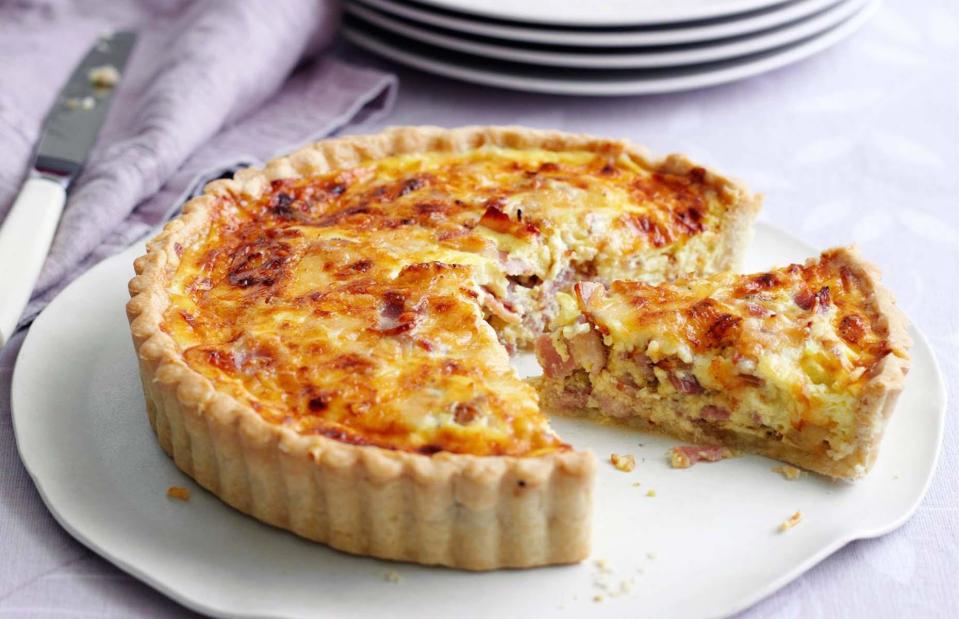
Mary Berry's Cookery Course/DK
A soggy bottom is every baker’s nightmare, but Mary has a fail-safe trick for perfect bakes. In her quiche Lorraine recipe, she recommends baking the pastry blind first, meaning the case is pre-baked without the filling. When the filling is added, the pastry on the bottom will already be cooked so the filling can't seep into it.
Get the recipe for quiche Lorraine here
Take your time with hollandaise

Anna Shepulova/Shutterstock
Hollandaise isn’t hard to make but it is quite delicate. Mary says to use a hand whisk so you can control the texture as an electric whisk risks the sauce becoming too thick to pour. She also suggests taking your time with it so not to scramble the eggs.
Whisk in milk slowly when making batter

Mary Berry's Complete Cookbook/DK
Mary has a top tip for making batter. First, sift the flour, add a well in the middle to crack in the egg and add just enough milk to mix into a smooth paste. Once that's done, gradually whisk in more milk until your batter is the consistency of pouring cream.
Make slits in the meat for a better marinade
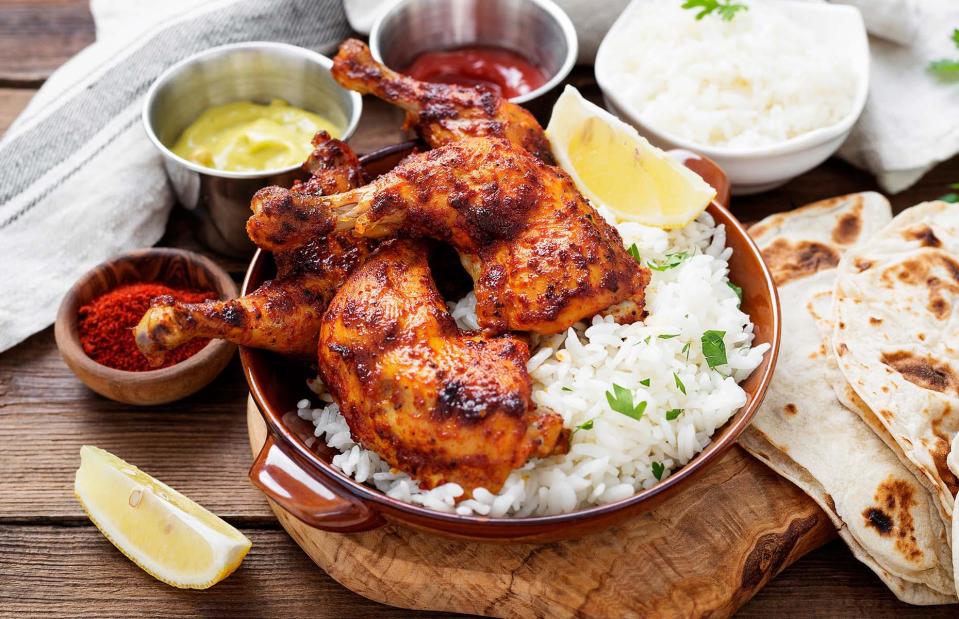
nelea33/Shutterstock
Many recipes call for marinating the meat, but often the marinade doesn't really penetrate the meat and while the outside is flavoursome, the inside is a touch bland. Mary has a suggestion how you can ensure there's plenty of flavour throughout your meat. Before marinating, make tiny slits in the flesh and rub thoroughly with the marinade.
Roast chicken upside down
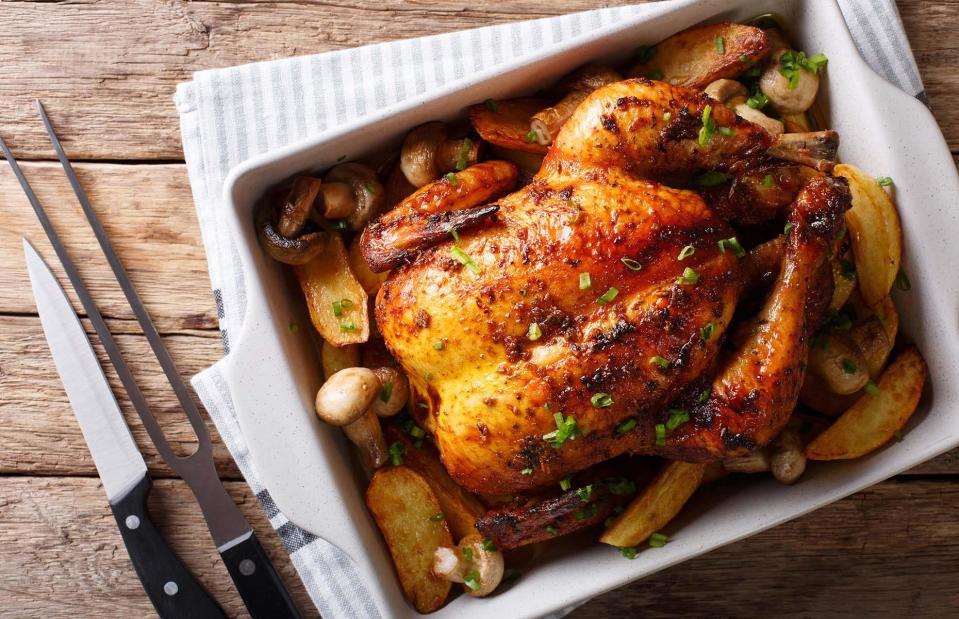
AS Food studio/Shutterstock
If you've ever roasted a whole chicken, you'll now that it's hard to achieve the perfect cook throughout without overcooking the breasts. Mary suggests roasting the chicken breast-side down first, regularly basting the bird. Once it's browned, turn it over and continue basting to ensure it stays moist.
Use the right kind of sugar
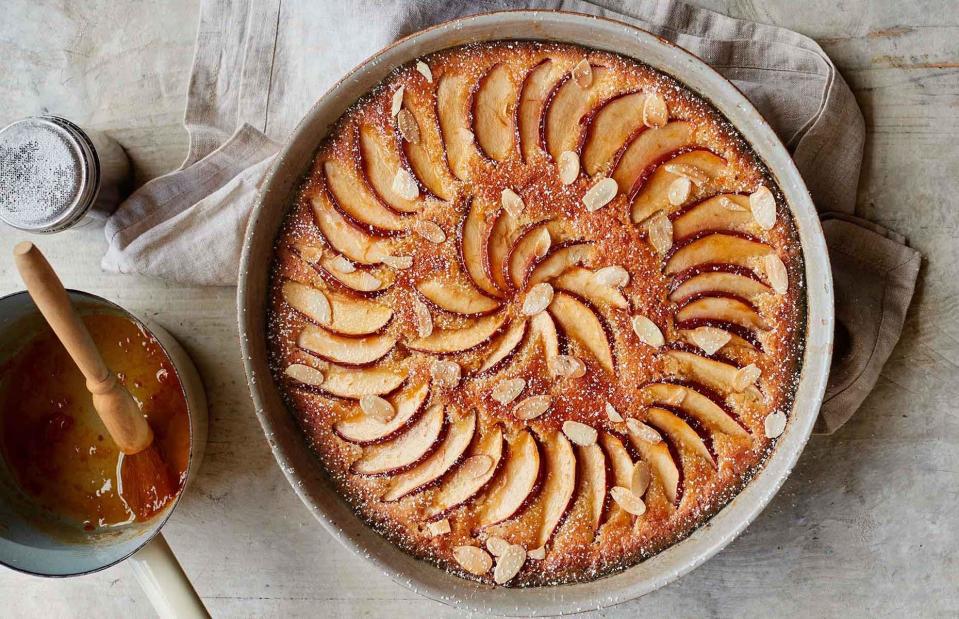
Simple Comforts/BBC Books
Use the type of sugar asked for in the recipe, insists Mary. If the recipe asks for caster sugar use this, not granulated – the smaller crystals in caster sugar will result in a lighter bake. Similarly, light or dark brown sugar for example will alter the flavour. Remember that sugar is not only a sweetener, it can also stabilise, add texture and act as a leavening agent in bakes.
Get the recipe for frangipane apple pudding here
Don’t fear full-fat

Brent Hofacker/Shutterstock
There’s a reason why some recipes call for full-fat ingredients and why you should stick to it. Her carrot and walnut cake recipe asks for full-fat cream cheese for the icing and Mary explains that if you use a low-fat version, the icing will just run off the cake. Same goes for cheesecakes too – low-fat ingredients might affect the setting time and texture so don't try to replace full-fat.
Get the recipe for carrot and walnut cake with cream cheese icing here
Bake on the middle shelf to avoid cracks
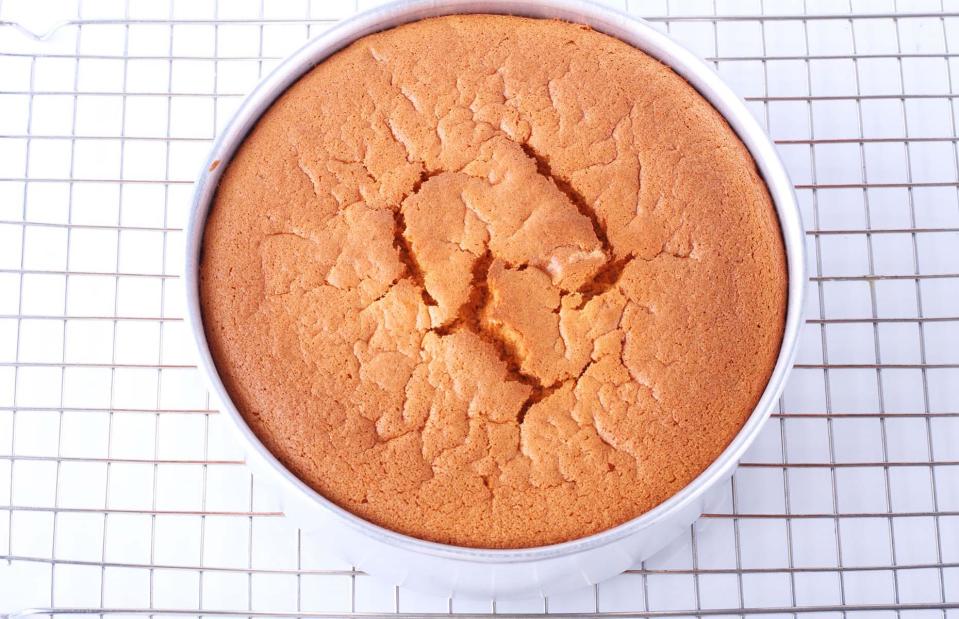
SherSor/Shutterstock
A cracked top happens when a cake is baked on a high oven shelf and the crust forms before the cake has had a chance to rise. To avoid unsightly cracks, Mary advises baking cakes on the middle shelf. If you're still left with cracks, we think a smothering of icing will do the trick to hide them.
How to freeze a cake correctly
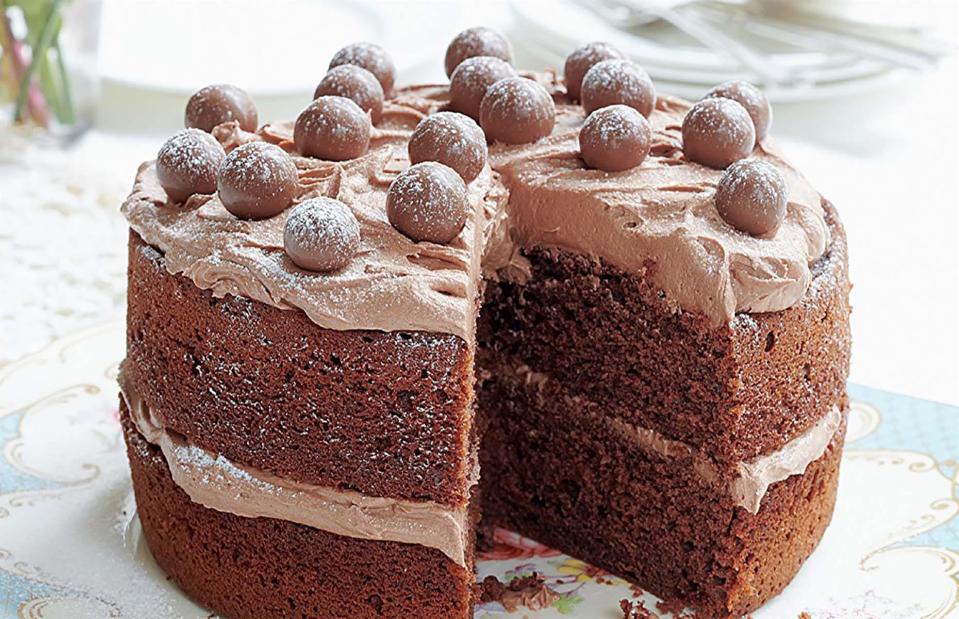
Mary Berry's Absolute Favourites/BBC Books
Mary has some top tips to keep cakes at their best in the freezer. She suggests freezing cake and icing separately, defrosting at room temperature and assembling just before serving. Mary also advises freezing as soon as the cake is cool and making sure it’s well wrapped. This malted chocolate cake is especially well suited to freezing.
Get the recipe for malted chocolate cake here
No piping bag? No problem
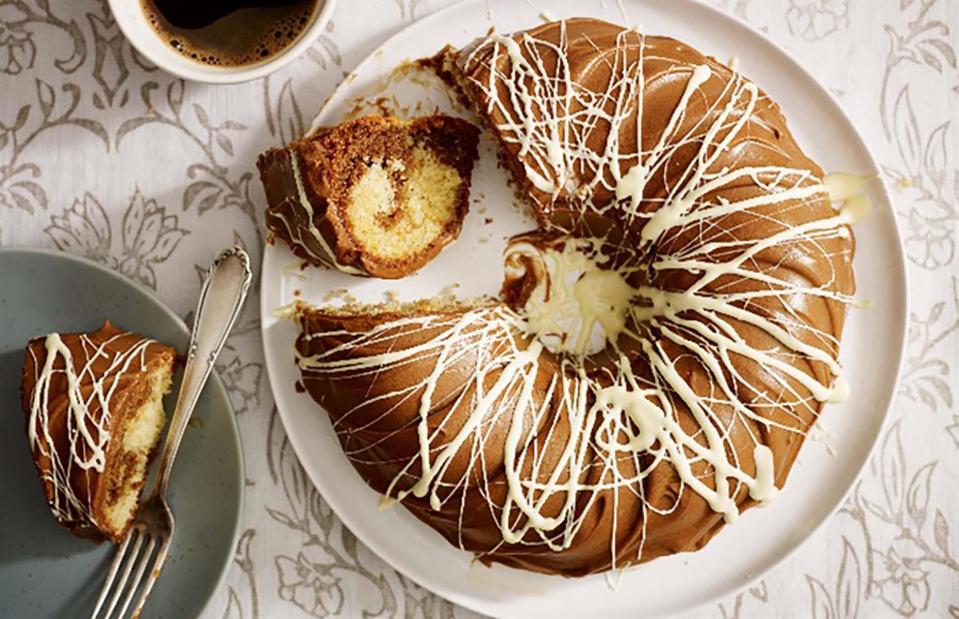
Mary Berry's Complete Cookbook/DK
No piping bag? Thankfully Mary has a simple solution – just use a plastic food bag instead. Fill it with icing, cut off the corner and use like you would a regular piping bag. Just make sure the hole is big enough otherwise it will burst.
Cool down biscuits before storing them
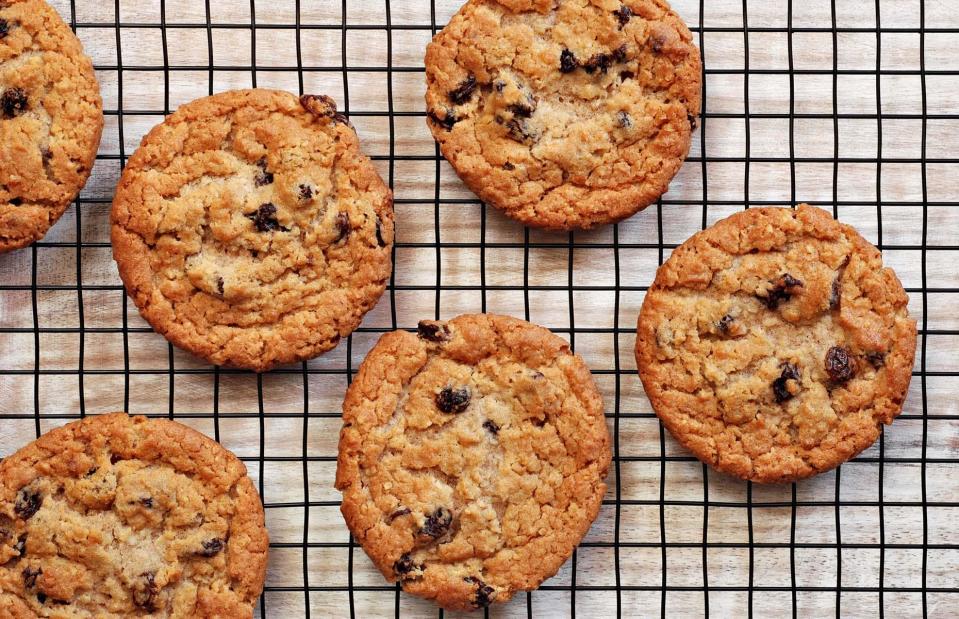
Marie C Fields/Shutterstock
If biscuits are still warm when they’re stored, they will probably go soft. Ensure they’re fully cool before putting them in the biscuit tin and avoiding storing them with cakes – they’re more moist and biscuits will absorb this moisture.
Lose the wire marks on your Victoria sponge
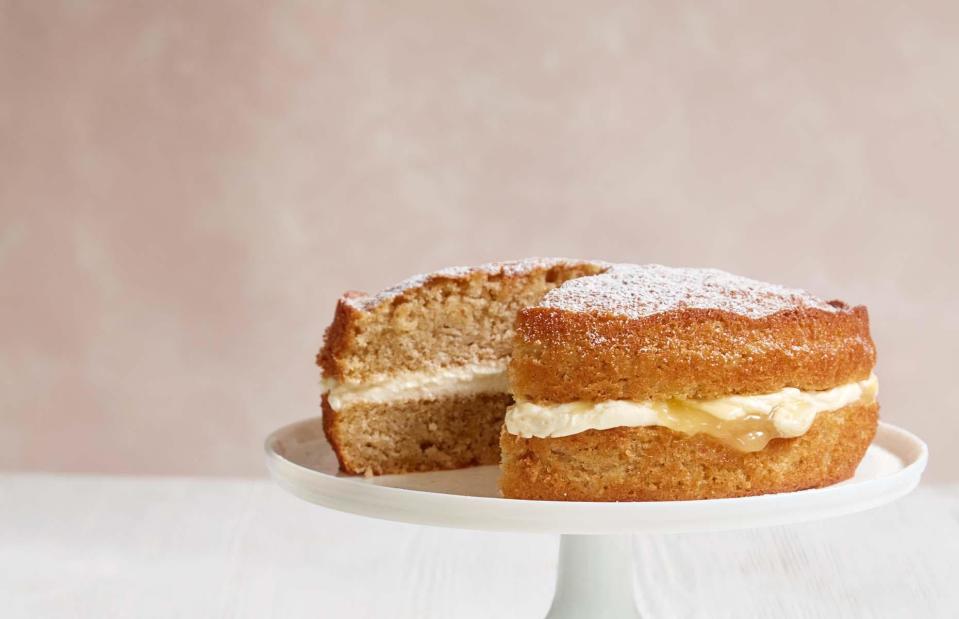
Mary Berry's Quick Cooking/BBC Books
If anyone knows how to make the perfect Victoria sponge, it’s Mary Berry. To avoid wire rack marks, Mary advises placing each sponge bottom-side down on the wire rack – these sides will eventually form the middle section, so you won't see any imprints. When turning it out on the wire rack, you could also use a kitchen towel so that the sponge isn't sitting directly on the wire rack.
Prevent crumbs from messing up icing
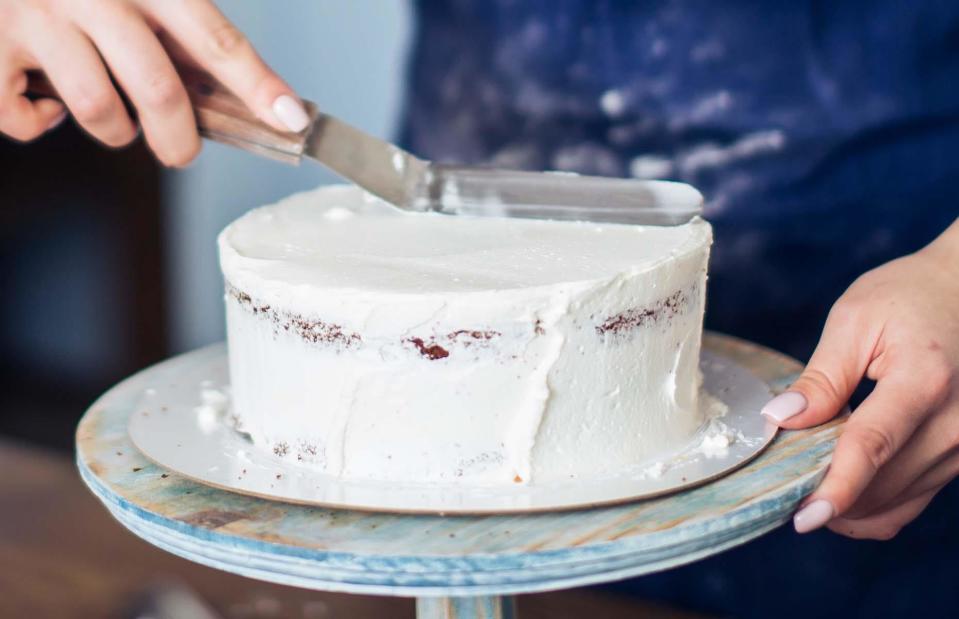
UfaBizPhoto/Shutterstock
Mary advises bakers to seal a cake by brushing it all over with warm jam (preferably apricot). This will slow the cake from drying out and will help stop crumbs from getting into the icing and spoiling the final look, when you're decorating.
Don't be afraid to improvise
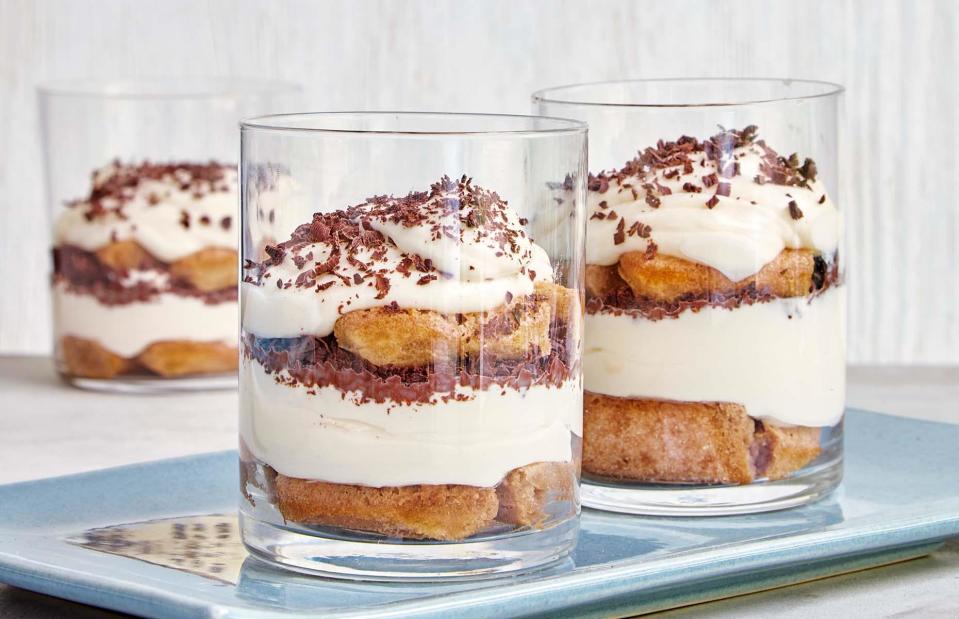
Mary Berry's Quick Cooking/BBC Books
You've planned a classic tiramisù for dessert, but then realise you don't have a large or nice enough dish for it. Don't worry, you don't have to rethink your whole dessert. Many assembled desserts like trifles, tiramisù, puddings and even cakes can be made either as individual portions or as a large sharing dish. Don't panic if things don't go your way and think outside of the box.
Never rush meringues
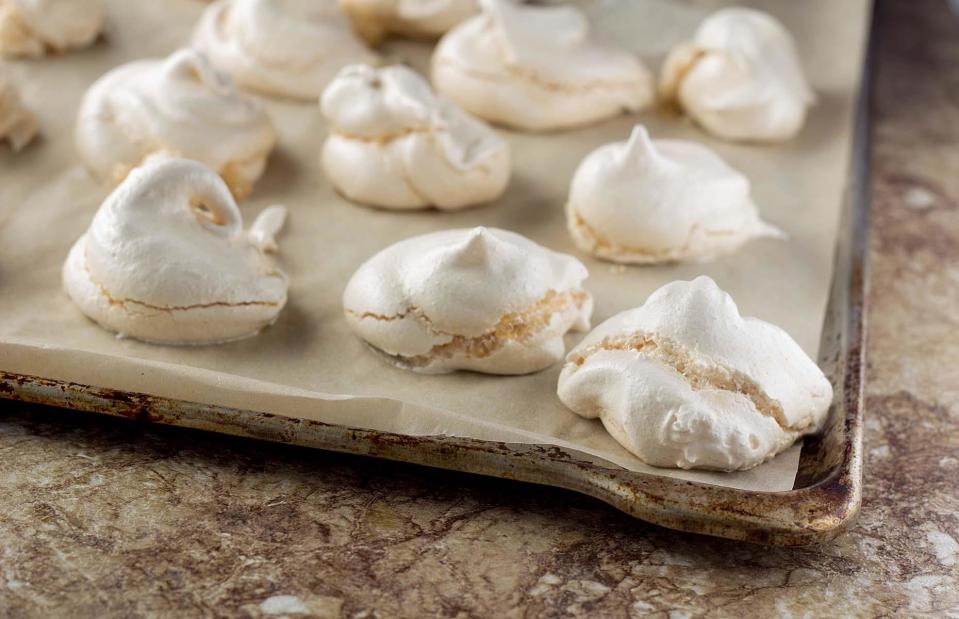
Khabieva/Shutterstock
Meringues are tricky, even for confident bakers. The secret is to add sugar to egg whites slowly, a little bit at a time. This will prevent the meringues weeping during cooking. You should also take care when they're cooked – don't open the oven door and let them cool in the oven completely before taking out.
Never over-beat batter
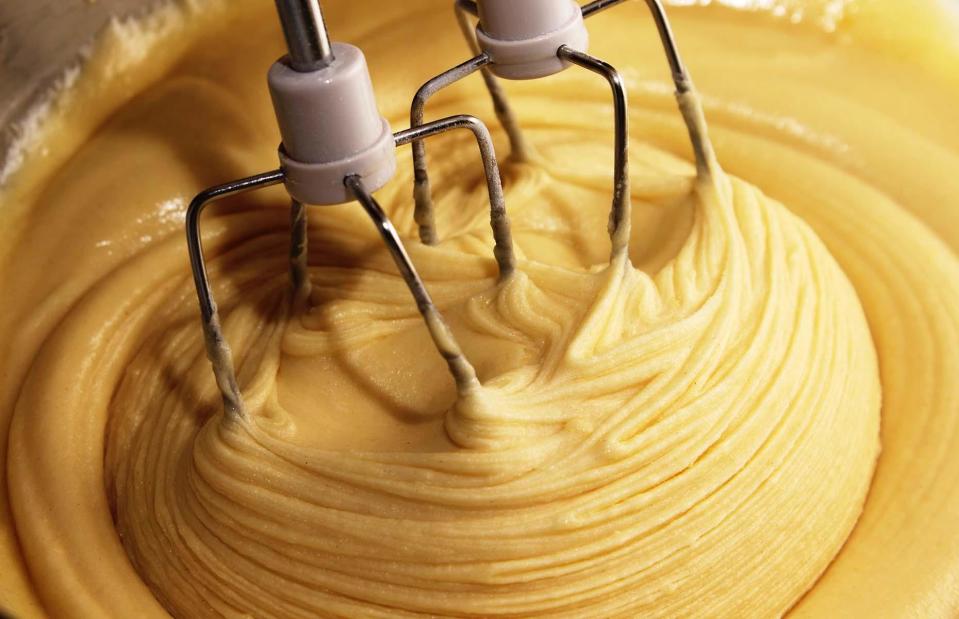
afratton/Shutterstock
This is one of Mary’s fundamental baking tips when making batter or cake mixture. Over-beating will knock out the air and result in dense cakes. Ensure the ingredients are fully mixed, of course, but don't be tempted to overdo it.
Weigh ingredients carefully
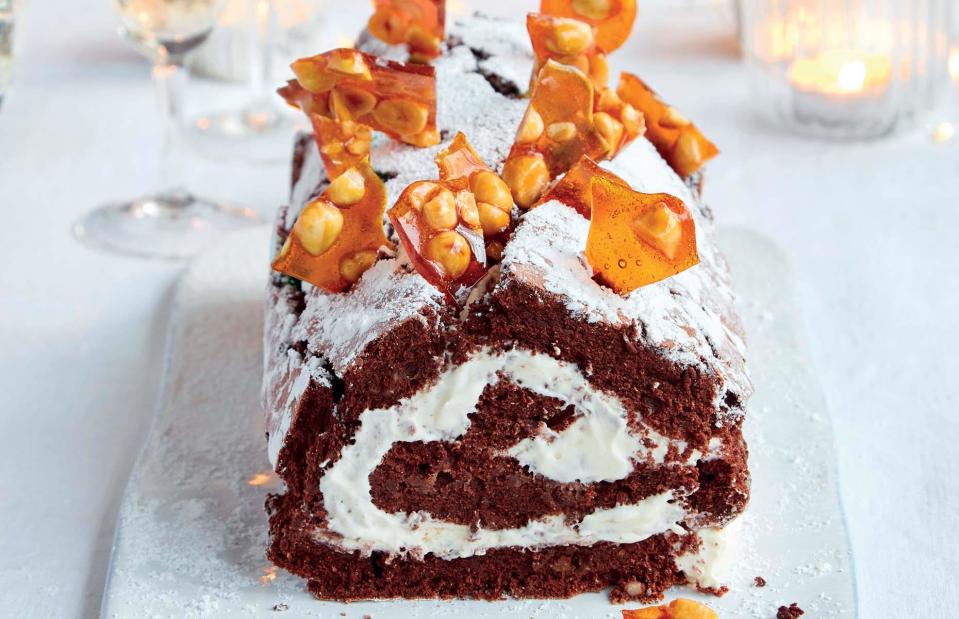
Mary Berry Cooks Up a Feast/DK
Baking is as much a science as it is an art and if a recipe isn’t followed correctly, being a little out with the ingredients can have a catastrophic effect on the result. Mary's best advice is to concentrate and follow the measurements meticulously. This roulade recipe is a good example of how the wrong quantities won't give the sponge the flexibility it needs to be rolled into a roulade.
Get the recipe for chocolate and hazelnut boozy roulade
Choose the correct baking tins
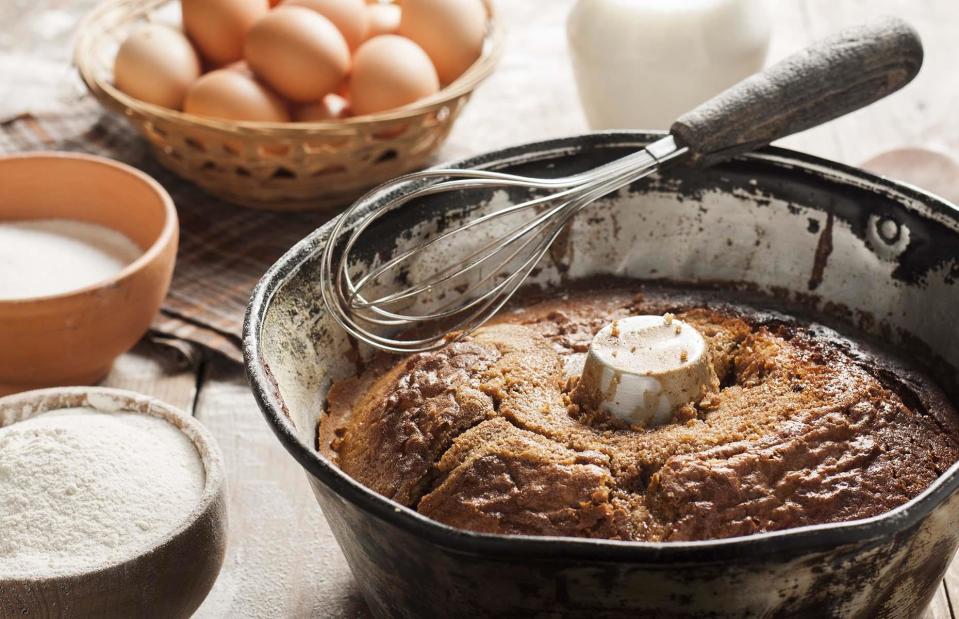
Carlos andre Santos/Shutterstock
Time and again this baking faux pas pops up. Mary insists that the size of your cake tin matters. Even a small difference in size can change the result from a successful to a dismal bake. If a recipe specifies an exact size, make sure to use that. The recipe will have been tested with a specific baking tin in mind and if you use a different size, make sure to expect a different outcome.
Easy, swirly, two-toned icing
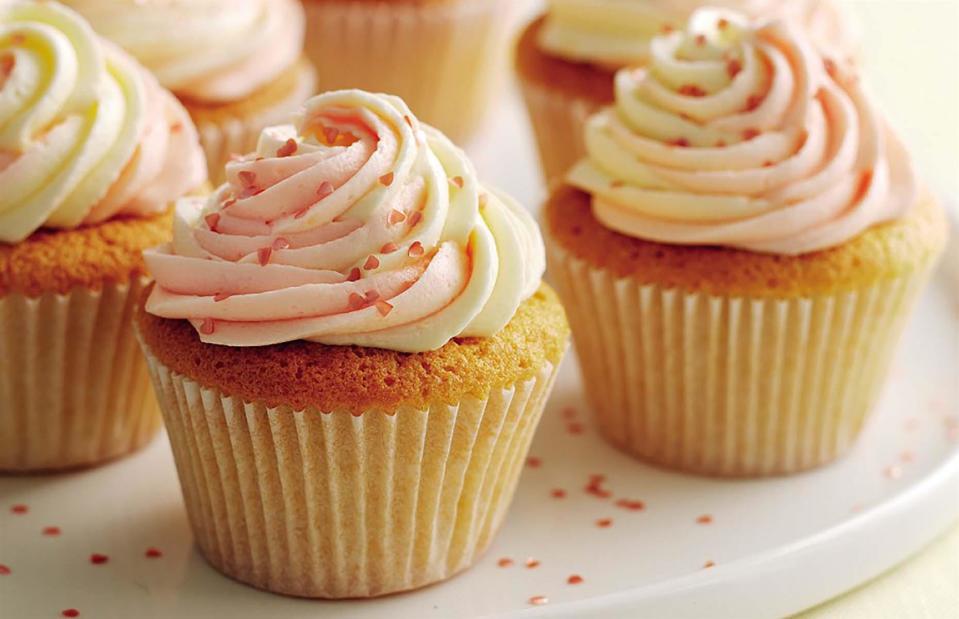
Mary Berry's Cookery Course/DK
You can achieve boutique bakery icing without the need for a dual compartment piping bag. In Mary’s recipe for vanilla cupcakes with swirly icing, she suggests you carefully spoon the coloured down one side of a piping bag fitted with a nozzle, then spoon the non-coloured icing down the other side of the bag. Twist the end of the bag to seal the icing in and pipe swirls of the icing on top of each cupcake.
Prevent fruit and cherries from sinking
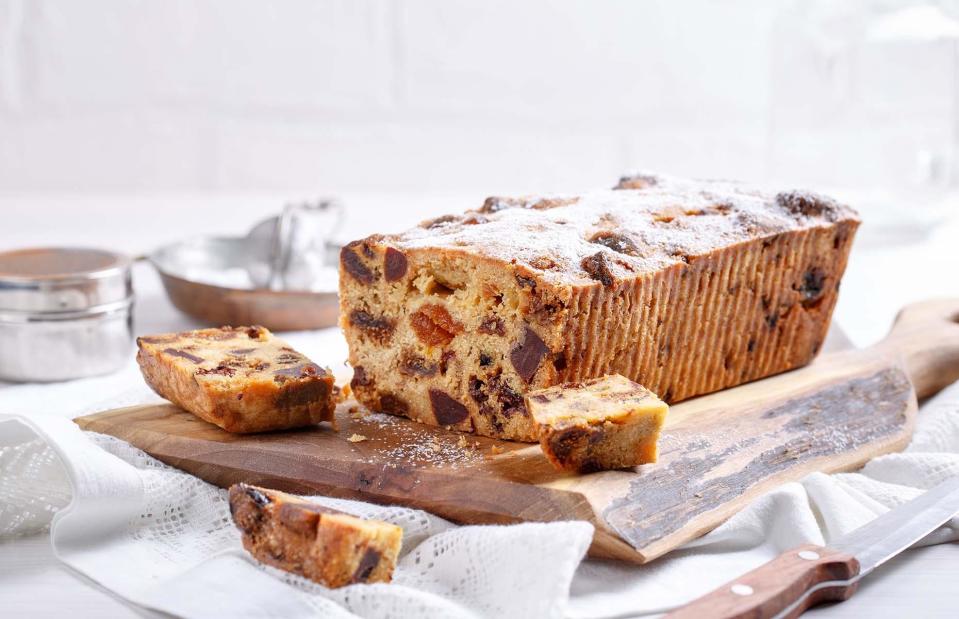
Geshas/Shutterstock
If you've ever baked with fruit, you'll know that preventing them from sinking is an art. If you're using dried fruit, make sure the pieces aren't too large otherwise they'll sink from the weight. It could also be that your cake mixture is too loose. If baking with glace cherries, you need to quarter them and dry thoroughly before baking. The syrup contains a lot of moisture, which can totally ruin a bake. You could also add a touch of ground almonds to help suspend the cherries in the cake mixture.


